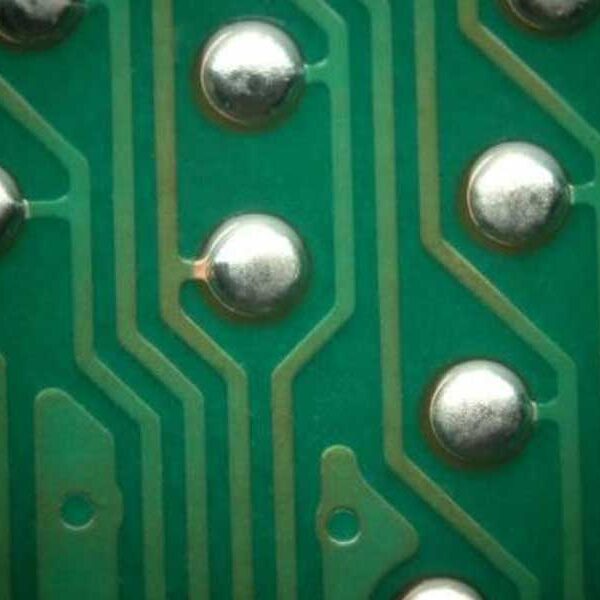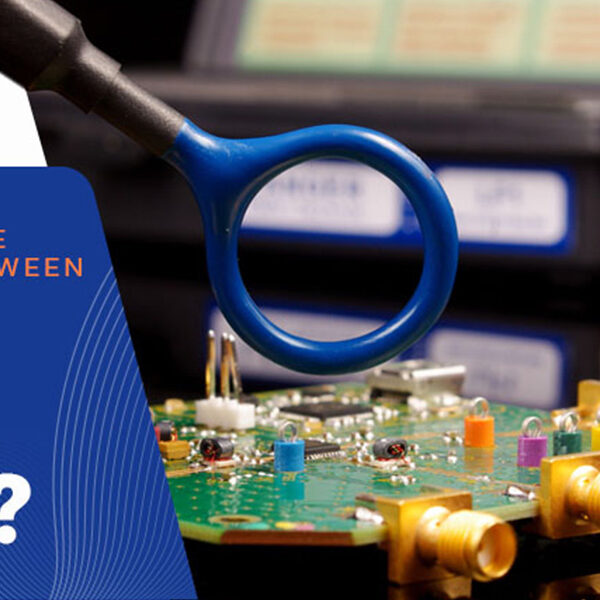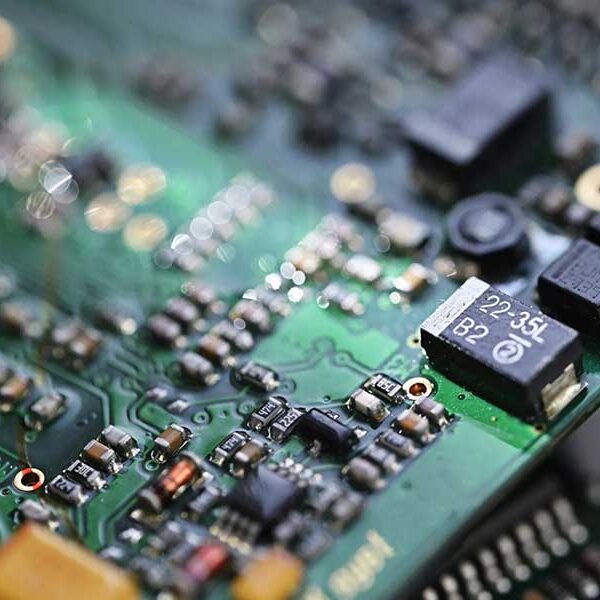What are the specific requirements for Class 3 electronic assemblies in IPC-610?
Class 3 electronic assemblies in IPC-610 have the most stringent requirements due to their application in areas where high reliability and performance are critical, such as aerospace, medical devices, and military equipment. The specific requirements for Class 3 electronic assemblies include: 1. Component Placement Components must be accurately placed and aligned according to the design…















